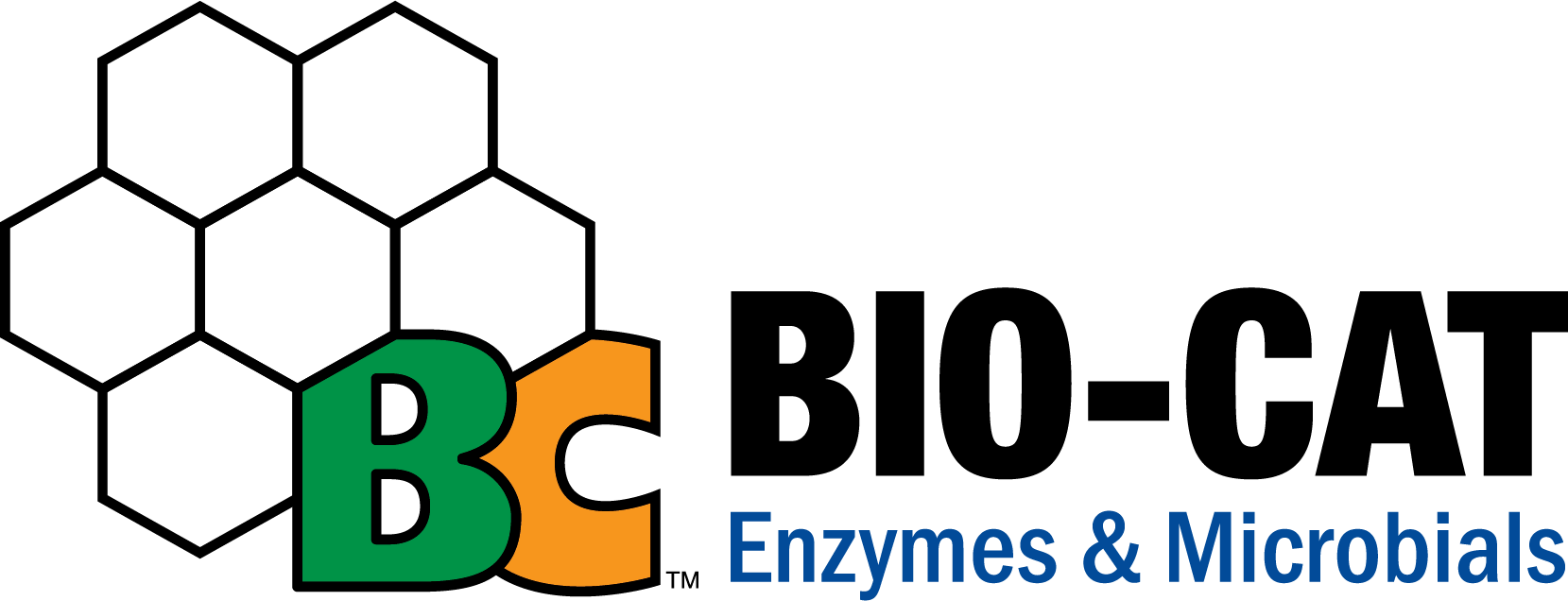Products & Markets
Who We Serve
Explore Our Enzymes and Enzyme Blends
Find the right enzyme or enzyme blend within our product categories, or contact us to uncover other possibilities together.
Explore Our Probiotics and Microbials
Get the best results in human, animal and industrial applications by supporting the growth of appropriate bacteria.

Let’s Develop Something Together
We’re as passionate as you are about scientific innovation that matters
Get in Touch
